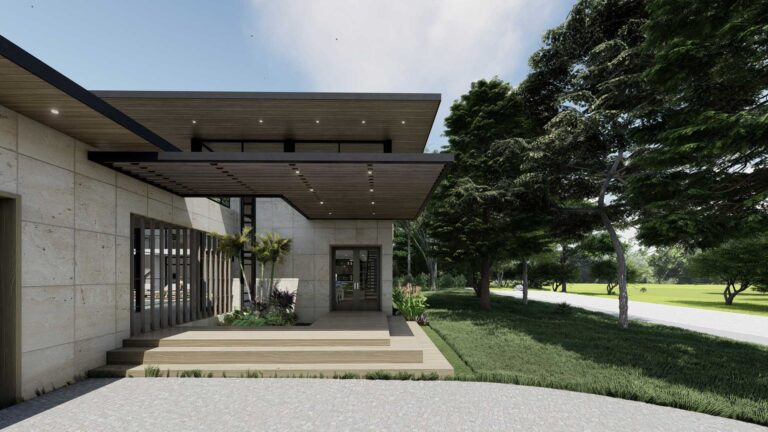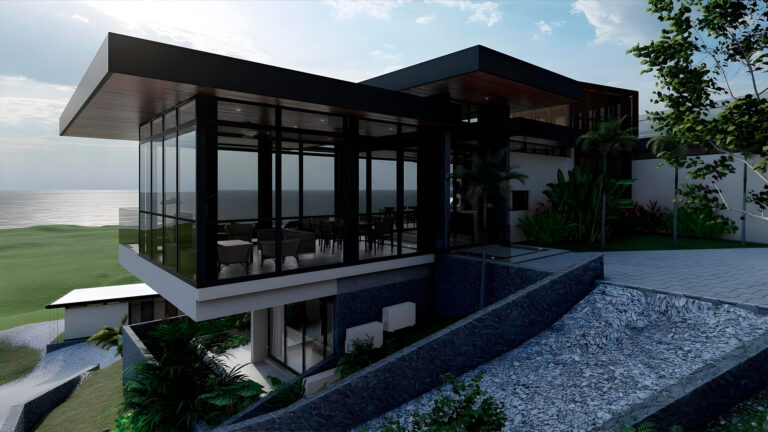Benefits of Integrating Landscaping into Architectural Design in Costa Rica
At the intersection of architecture and landscaping lie fascinating opportunities to create spaces that are not only functional and aesthetically pleasing but also in harmony with the natural environment. In Costa Rica, a country renowned for its stunning biodiversity and natural beauty, integrating landscaping into architectural design takes on even greater significance. We will explore how this practice can enhance the aesthetics of buildings while promoting sustainability, well-being, and environmental conservation.
Harmonizing with the Natural Environment:
In a country as diverse as Costa Rica, where tropical rainforests meet the ocean and mountains, integrating landscaping into architectural design can achieve a unique visual harmony. By using natural materials and design techniques that respect the surrounding environment, architects can create buildings that appear to organically emerge from their surroundings, rather than imposing upon them.
Resilience to Climate:
Costa Rica experiences a range of climatic conditions, from heavy rainfall to high tropical temperatures and extreme winds. Landscaping can play a crucial role in mitigating these climatic effects. For example, incorporating strategic vegetation can provide natural shade, reducing the need for air conditioning and mitigating the heat island effect. Green roofs and walls are a great example of this.
Another benefit of vegetation is its ability to mitigate the effects of strong winds.
We can also integrate rainwater drainage systems into the site design, channeling water in a way that is both pleasant and effective, allowing the soil more time to absorb it, and preventing runoff and erosion.

Well-being and Quality of Life:
A connection with nature has been shown to enhance well-being and mental health. By integrating landscaping into architectural design, spaces can be created that invite relaxation, contemplation, and connection with the natural environment. In Costa Rica, where biodiversity is abundant, this connection can be even more significant. From Zen gardens to natural trails, green spaces can offer residents and visitors a tranquil refuge amidst the hustle and bustle of modern life, allowing them to connect with nature and local wildlife.
Environmental Sustainability:
Vegetation not only beautifies the built environment but also plays a crucial role in environmental sustainability. Plants can help purify the air, provide habitats for wildlife, and reduce soil erosion. By selecting native species adapted to the local climate, we can create landscapes that require less water and maintenance while promoting biodiversity and conservation. Creating habitats for wildlife is fundamental. By integrating landscaping into architectural design, we contribute to the conservation of native flora and fauna. From green roofs to native gardens, the possibilities are endless for creating spaces that are not only beautiful but also beneficial to the local ecosystem.
Conclusion:
Integrating landscaping into architectural design offers numerous benefits, from creating spaces that harmonize with the natural environment to promoting sustainability and environmental conservation.
At CJ Arquitectura, we enjoy playing with the boundaries between interiors and exteriors, blurring rigid lines and opening up construction to the environment. (link to article)
We believe that by integrating both disciplines, the design benefit is greater, achieving enriched and unique spaces, creating buildings that are not only visually stunning but also respectful of the environment and enriching for those who inhabit and enjoy them.











